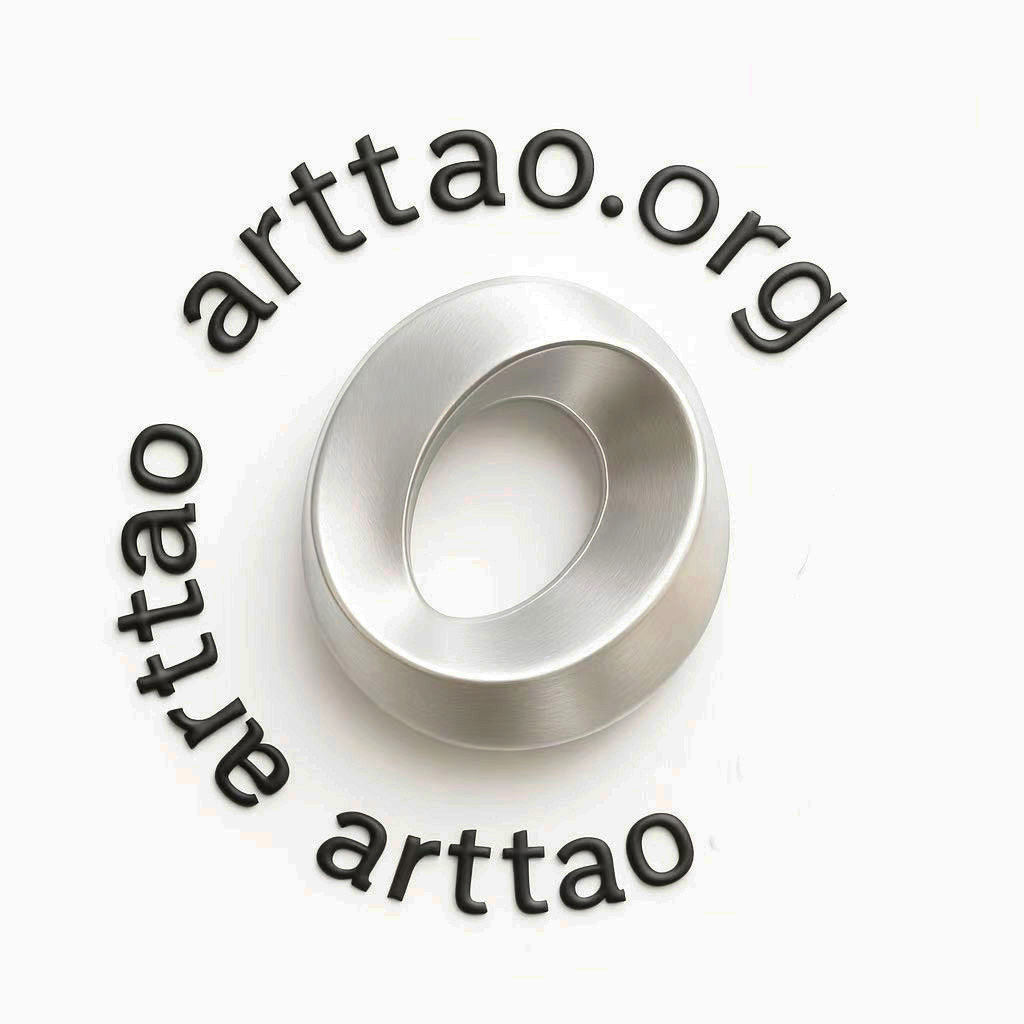时长:70分钟
主题简介:当你感到莫名其妙的低落、疲倦或情绪变钝,有时并非心理问题,而是某些药物带来的副作用。本课将帮助你辨识药物性情绪副反应的常见表现,并引导你如何向医生反馈、评估是否需要调整处方。
◉ 视频讲解:副作用也会影响情绪?(10分钟)
○ 三种“药物副作用型低落”表现
- 情绪钝化:
变得对快乐与悲伤都反应迟钝,常见于抗过敏药、部分镇痛剂。 - 晨间无力感:
服药后第二天醒来异常疲倦或情绪低落。 - 负面思维加重:
原有轻度焦虑或抑郁症状,在某些药物使用后显著恶化。
▲ AI互动:你是否在服药后出现“性格改变”或“情绪麻木”?
点击下方按钮,与AI一起分析你的用药记录、睡眠节律与情绪状态的关联。
♫ 放松背景音乐(5分钟)
○ 花草疗愈茶 · 洋甘菊茶
推荐饮品:洋甘菊茶
推荐理由:安抚神经系统,缓解药物带来的神经性疲倦或焦虑残留,辅助入眠。
用法:洋甘菊干花3g,90°C热水冲泡5分钟,晚间饮用更佳。
○ 阿育吠陀食疗 · 辛辣牛肉炖菜
推荐食谱:辛辣牛肉炖菜
推荐理由:激活消化火、提升阳性代谢能力,帮助身体代谢药物残留,恢复体能。
做法:牛肉块配姜黄、辣椒、洋葱、小茴香粉炖煮1小时,调味清淡。
◉ 食疗教学视频:辛辣牛肉炖菜(5分钟)
🎨传统曼陀罗疗愈:药物觉察曼陀罗
通过图像表达你在服药期间的情绪体验,从“被影响”走向“再掌握”,建立自我感知的反馈机制。
- 药物反应图:
在曼陀罗不同区域画出“情绪变化时段”的象征图形。 - 自我重建图:
以图像表达“我希望恢复的心理状态”。 - 觉察之眼:
绘制一个象征“自主监测”的标记图层,放在曼陀罗边缘。
○ 现代艺术书法练习
Write a statement that affirms your role in observing your emotions, even when influenced by external substances. Use bold yet balanced Roman lettering.
Suggested sentences:
“I notice my mood, and I listen with care.”
Write it where you store your medications, or in your daily planner as a gentle alert.
○ Drawing Guide
Draw a symbolic “mood map” of your day — highlighting where external influences may be quietly affecting you.
- Morning zone:
Are you heavy or bright? Draw that. - Midday:
Is there a dip or agitation? - Evening:
What restores you? Use color to show your recovery ritual.
🖌️
Recognition & Responsibility:
Not every low mood is your fault. But noticing it — that’s your power.
Search & Creation:
Explore arttao.org gallery for images of balance, awakening, and agency.
Dialogue & Growth:
Upload your mood mandala to AI — let it help track your patterns and suggest when to ask for support.
Awareness is the antidote to unconscious suffering. Begin by noticing.



